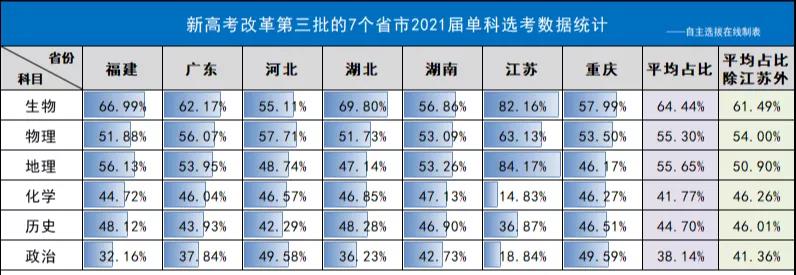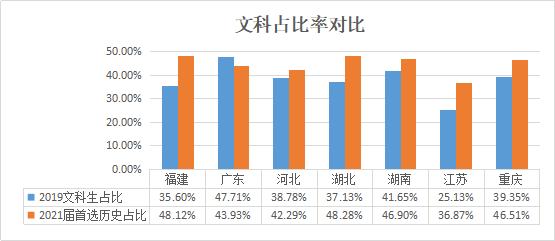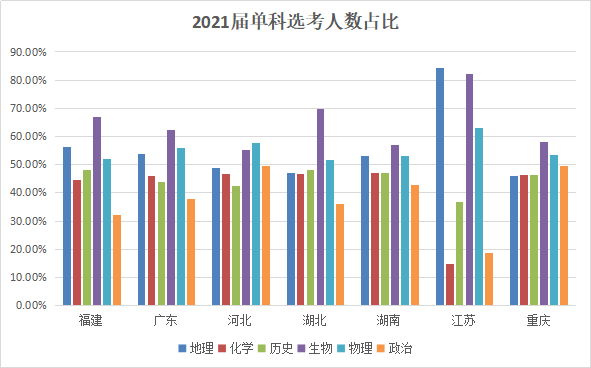Part B
Directions:
In the following text, some sentences have been removed. For Questions 41-45, choose the most suitable one from the list A- G to fit into each of numbered blanks. There are two extra choices, which do not fit in any of the blanks. Mark your answers on ANSWER SHEET. (10 points)
How does your reading proceed? Clearly you try to comprehend, in the sense of identifying meanings for individual words and working out relationships between them, drawing on your implicit knowledge of English grammar.(41)______________ You begin to infer a context for the text, for instance, by making decisions about what kind of speech event is involved.Who is making the utterance, to whom, when and where.
The ways of reading indicated here are without doubt kinds of comprehension. But they show comprehension to consist not just of passive assimilation but of ACTive engagement in inference and problem-solving. You infer information you feel the writer has invited you to grasp by presenting you with specific evidence and clues.(42)_________________
Conceived in this way, comprehension will not follow exACTly the same track for each reader. What is in question is not the retrieval of an absolute, fixed or "true" meaning that can be read off and checked for accuracy, or some timeless relation of the text to theworld.(43)___________
Such background material inevitably reflects who we are. (44)________________________
This doesn't, however, make interpretation merely relative or even pointless. Precisely because readers from different historical periods, places and social experiences produce different but overlapping readings of the same words on the page-including for texts that engage with fundamental human concerns-debates about texts can play an important role in social discussion of beliefs and values.
How we read a given text also depends to some extent on our particular interest in reading it.(45)_______________________Such dimensions of reading suggest-as others introduced later in the book will also do-that we bring an implicit(often unacknowledged)agenda to any ACT of reading. It doesn't then necessarily follow that one kind of reading is fuller, more advanced or more worthwhile than another. Ideally, different minds of reading inform each other, and ACT as useful reference points for and counterbalances to one another. Together, they make up the reading component of your overall literacy, or relationship to your surrounding textual environment.
[A] Are we studying that text and trying to respond in a way that fulfills the requirement of a given course? Reading it simply for pleasure? Skimming it for information? Ways of reading on a train or in bed are likely to differ considerably from reading in a seminar room.
[B] FACTors such as the place and period in which we are reading, our gender, ethnicity, age and social class will encourage us towards certain interpretations but at the same time obscure or even close off others.
[C] If you are unfamiliar with words or idioms, you guess at their meaning, using clues presented in the context. On the assumption that they will become relevant later, you make a mental note of discourse entities as well as possible links between them.
[D] In effect, you try to reconstruct the likely meanings or effects that any given sentence, image or reference might have had: These might be the ones the author intended.
[E] You make further inferences, for instance, about how the text may be significant to you, or about its validity-inferences that form the basis of a personal response for which the author will inevitably be far less responsible.
[F] In plays, novels and narrative poems, charACTers speak as constructs created by the author, not necessarily as mouthpieces for the author's own thoughts.
[G] Rather, we ascribe meanings to texts on the basis of interACTion between what we might call textual and contextual material:between kinds of organization or patterning we perceive in a text's formal structures(so especially its language structures) and various kinds of background, social knowledge, belief and attitude that we bring to the text.
41.C 42.E 43.G 44.B 45.A





















 京公网安备11010802021790号
京公网安备11010802021790号









 学习资料
学习资料
